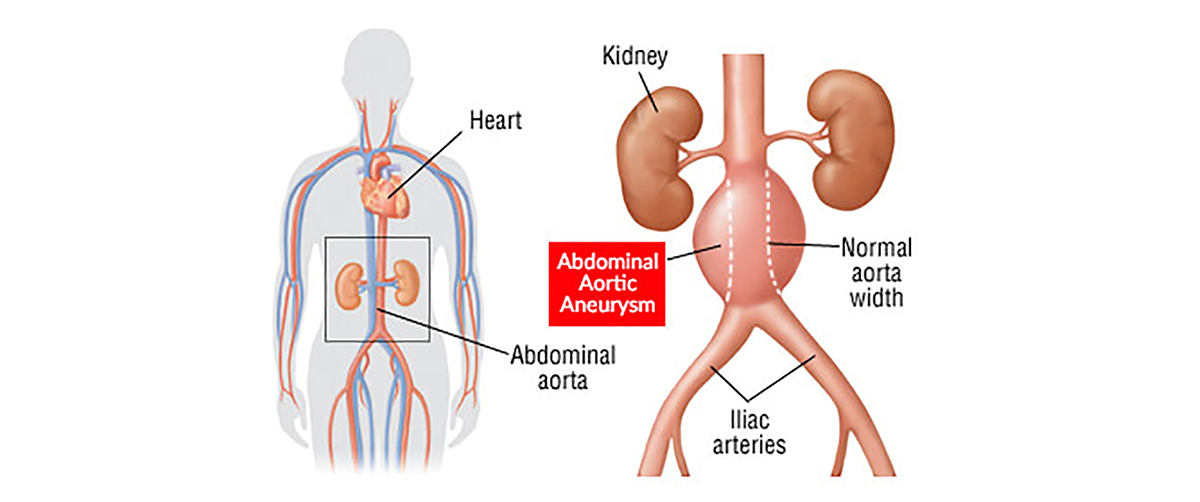Abdominal Aortic Aneurysm: Has the Bubble Burst?
An aneurysm is generally considered as an increase in the original size of your blood vessels. The vessels are enlarged more than 50 % of their original size. The larger the aneurysm, the greater is the risk of rupture that can lead to complications. The abdominal aortic aneurysm is generally diagnosed when the visible symptoms start appearing.
The mortality rate is generally low before rupturing of an aneurysm. After the rupture of an aneurysm, the rate of mortality generally increases. In case of elective treatment of an abdominal aortic aneurysm, the morbidity and mortality rates are low. The abdominal aortic aneurysm severity purely depends on the bursting of the bubble.
Diagnosis of Abdominal Aortic Aneurysm
In emergency situations the easiest diagnostic technique used for abdominal aortic aneurysm is ultrasonography. Ultrasonography is a simple imaging technique used by most of the physicians. Aortic evaluation is usually done as an extension of FAST (focused assessment with sonography in trauma). The diameter of the abdominal aorta is generally assessed to know the presence of an aneurysm. Aortic aneurysm treatment in Hyderabad generally gives positive results.
Presence of free fluid is the common sign that indicates the rupture of an aneurysm. Ultrasonography is an inexpensive and effective diagnostic method that helps in determining the presence of an aneurysm and its severity. Based on the ultrasound results and the risk of rupture, the treatment is generally selected.
Risk of Rupture and Size of Abdominal Aortic Aneurysm
The larger the aneurysm, the higher is the risk of rupture in most of the cases. A smaller aneurysm also carries a risk of rupture, but the risk does not lead to any complications and can be treated. According to the research paper published in the British Medical Bulletin, the percentage of risk varies depending on the size of abdominal aortic aneurysm in Hyderabad.
| Abdominal Aortic aneurysm (AAA) size in cm | Annual risk of rupture (%) |
| <3.0 | 0 |
| 3.0-3.9 | 0.4 |
| 4.0-4.9 | 1.1 |
| 5.0-5.9 | 3.3 |
| 6.0-6.9 | 9.4 |
| 7.0-7.9 | 24 |
Surveillance should be more frequent in cases where the size of aneurysm is larger than 4 cm. When your aneurysm is larger than 4 cm, you need to be on constant medical therapy to reduce the cardiovascular risks.
A tender aneurysm is generally an indication of impending rupture. The rapid growth usually stretches the retroperitoneal tissues causing pain and discomfort. Larger aneurysm usually results in pain and discomfort during examination. Rapid growth of aneurysm is manly associated with high risk of rupture. In such cases it is recommended that you must undergo elective repair even when an aneurysm is smaller than 5.5 cm. Open abdominal aortic aneurysm repair is generally performed either by a transperitoneal or a left retroperitoneal approach.
Aortic aneurysm surgery is mainly done to cure an aortic aneurysm. Abdominal aorta surgery is performed based on the aortic aneurysm prognosis. Aortic aneurysm surgery in Hyderabad is performed under the supervision of best endovascular surgeons. Aortic aneurysm surgery is also referred to as aortic dissection treatment in Hyderabad.

